The classroom as studio/laboratory
One of the challenges I've faced since September is teaching a Year 13 photography class in an art room (rather than our specialist photography room) with limited access to ICT. Inspired by Anna and Alex's inventive use of a range of materials, processes (and spaces) during the Summer School, this constraint has encouraged me to attempt a wider range of experiments, perhaps more closely linked to contemporary art practice than a traditional photography course. Thinking about the limitations of this space (no studio lights, darkroom or easy access to laptops/the Internet, printing etc.) has prompted a more inventive approach which has, in turn, influenced the activities I have offered to other groups back in the photography room.
During the latter part of the summer holidays I printed about 300 of my own photographs (quite cheaply using Photobox) for the students to use in the early September experiments. The emphasis has been on looking, sorting, collaborating, discussing, selecting, sequencing, describing, displaying and documenting. These skills, I hoped, would all help them in the ongoing development and refinement of their Personal Investigations. I was also keen to explore another provocation from Summer School about the relationship between still and moving images. Here are some of the documentary images and videos from these early experiments, directly influenced by similar Summer School activities:
|
|
|
- How can I encourage more purposeful collaboration?
- How can we all begin making much sooner and immerse ourselves in a dialogue with materials, not just photographic?
- How might we use the products of these preliminary making sessions in the next phase of our activities?
|
Experiments with found images were not restricted to my photographs or the attractions of the colour photocopier! I decided to buy some vintage, medium format negatives from eBay so that Year 12 students could explore TC#1 and TC#6 in the darkroom.
We set about cutting the negatives and recombining them (by chance and more deliberately) so that we could then learn how to enlarge, print and develop the resulting photographs. An additional element of chance was supplied by the use of old, our of date, fibre based paper acquired from Freecycle. The enlarging process was further disrupted by the use of paper circles, creating apertures in the resulting images. |
Year 11 photographers have also been experimenting with a range of strategies inspired by Summer School, producing some exciting outcomes. The circle cutters have certainly been popular and students have enjoyed playing with openings/obstructions, inside/outside, text/image, digital/analogue etc:
A central feature of our Summer School experience was the notion of performance. We took various objects out into the galleries, at one point making a spectacle of ourselves. I really enjoyed the process of creating cardboard apertures and the collaborative performance in the Tanks. I wondered in my previous Summer School post "whether we could make interesting use of break and lunchtimes to share work with the wider school community and use the element of surprise." Consequently, we have attempted our own (ongoing) series of performances in school, beginning with a reprise of 'Apertures' featuring Year 13 photographers:
- documenting someone else's performance (e.g. Shunk and Kender's practice)
- performing for the camera (e.g. the self-portrait)
- performing with the camera (e.g. John Baldessari)
|
|
|
Working alongside an artist
This aspect of the Summer School is obviously the most fundamental and the hardest to replicate back at school.
|
Yes, as teachers, we try to model the creative process by making work ourselves, but there is nothing quite like having artists visit the school to share their practice and work alongside the students. Budgets are tighter than ever and time is precious. However, we must find ways to make artist visits a reasonably regular part of the curriculum, otherwise we are limiting the scope of art in education. I have long admired the work of Dafna Talmor and, given the nature of her practice, she seemed the ideal artist to invite into school to work with Year 11 and 13.
|
I have by no means exhausted the ideas and opportunities generated during Tate Summer School. I'm still keen to make a rotating table and a makeshift track for video experiments. I'd love to work with Super 8 or 16mm film. I'm pleased to have begun the process of transferring ideas into my school context and excited about the way my own practice has expanded. I'm looking forward to seeing how these experiments impact on the students' work over the coming months.
Now, time to give some more thought to the PhotoPedagogy Tate Exchange Associate project...
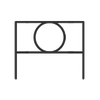
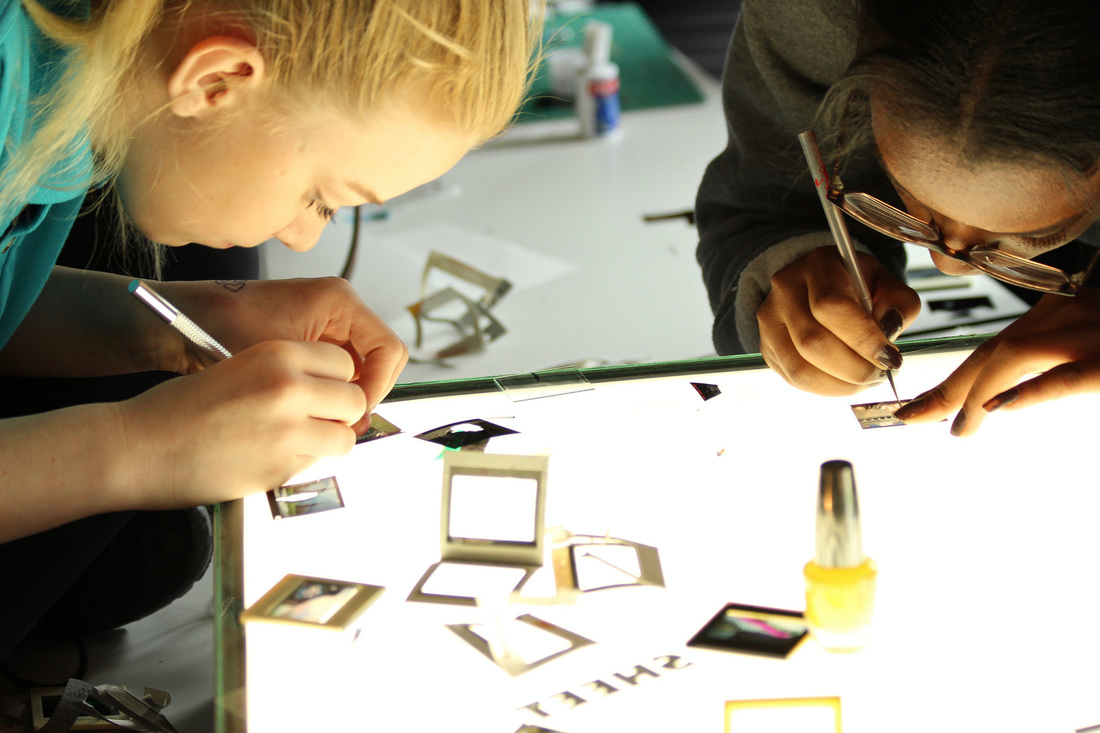
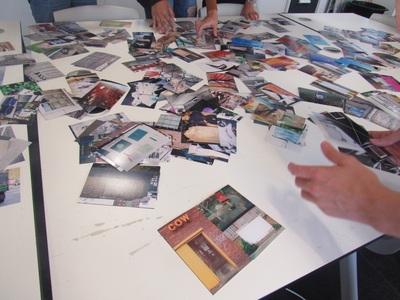
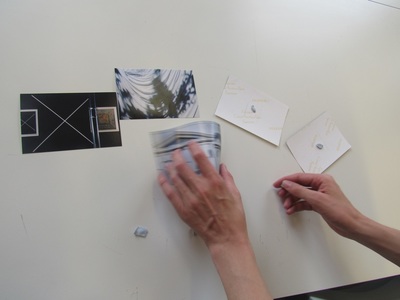
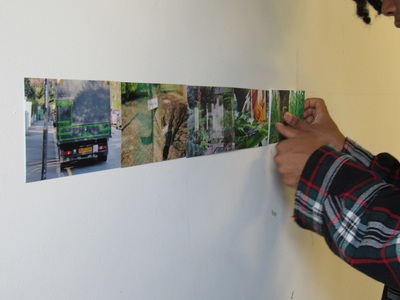
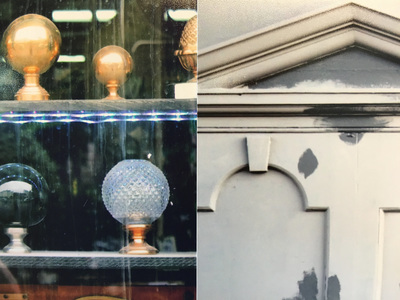

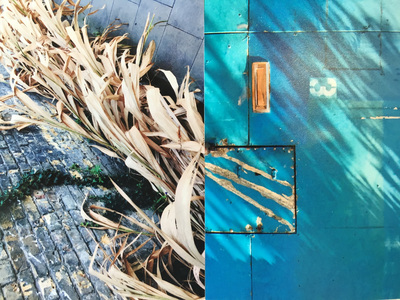
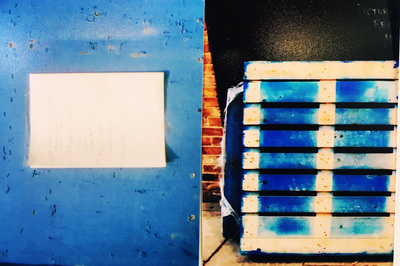
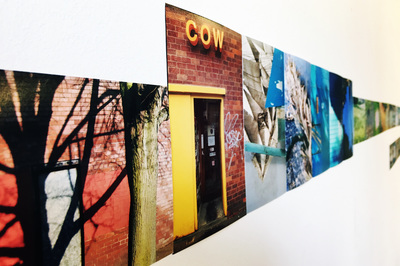
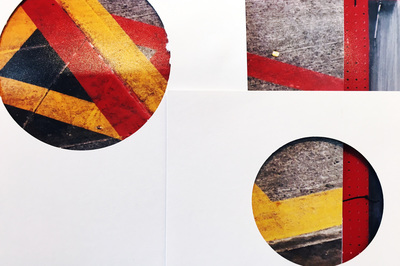

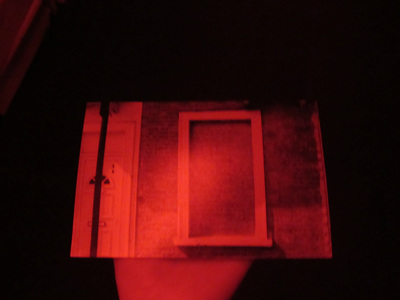
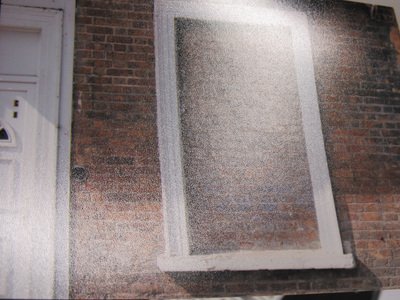
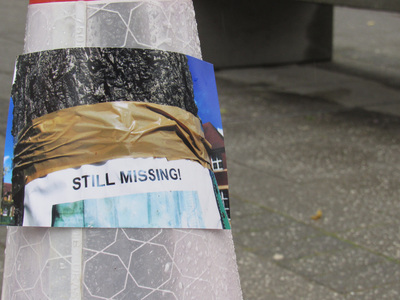
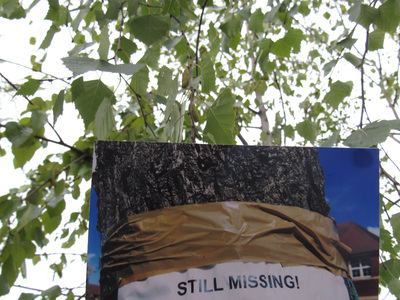
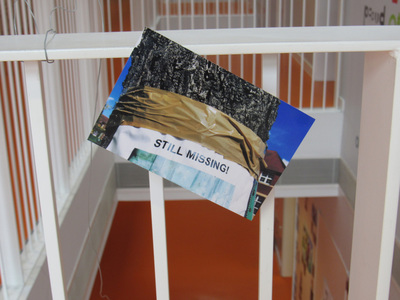
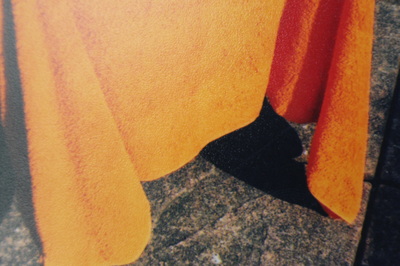
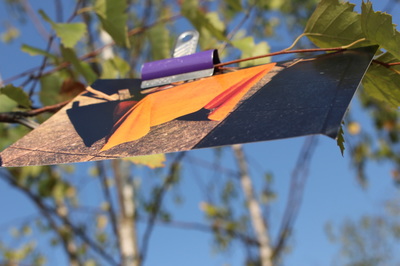
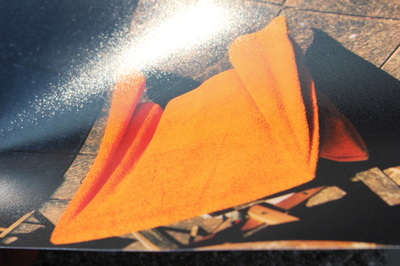
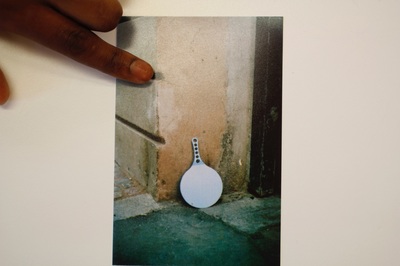
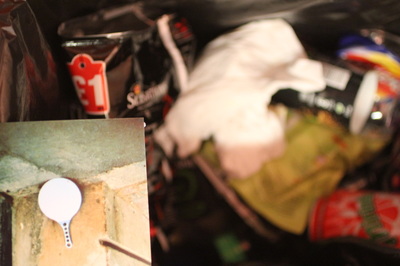
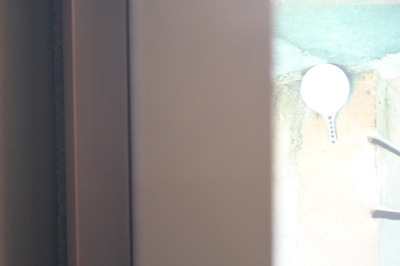
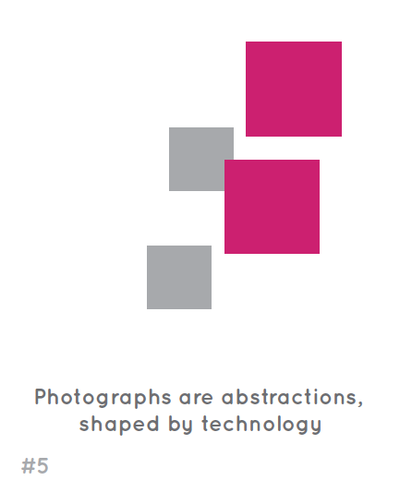
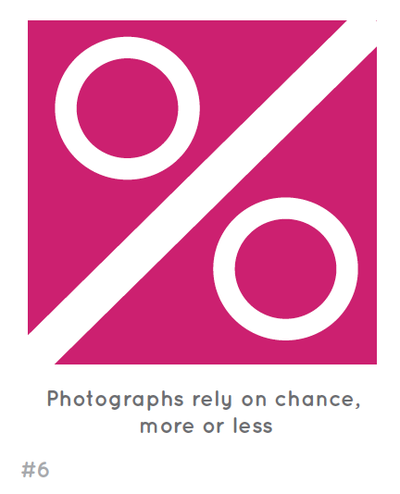
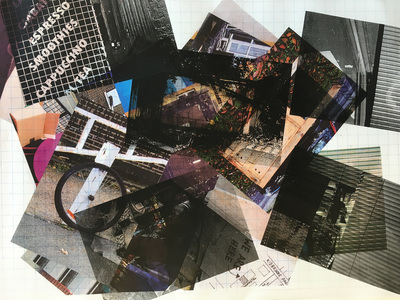
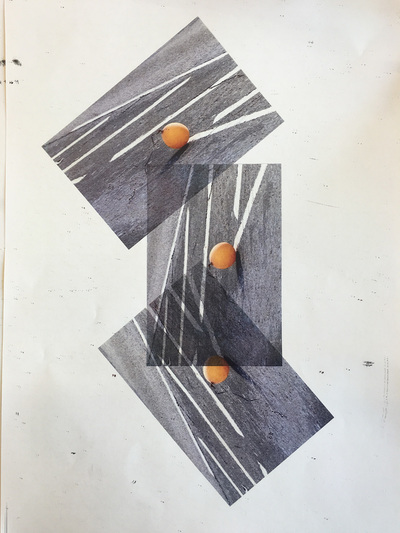
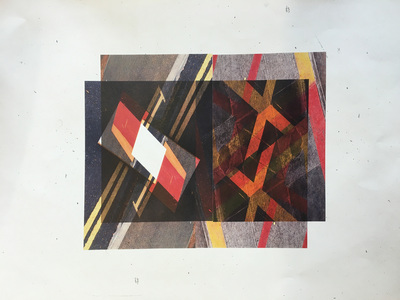
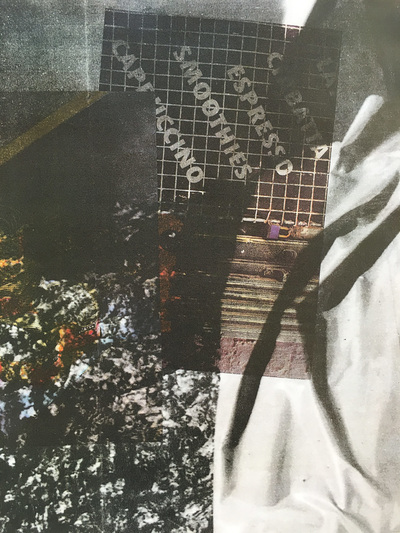
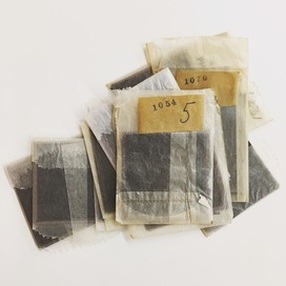
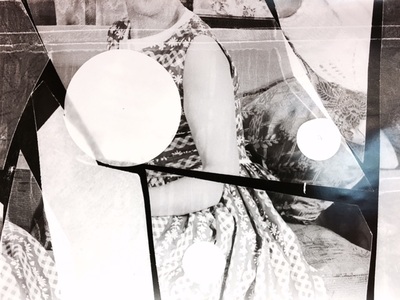
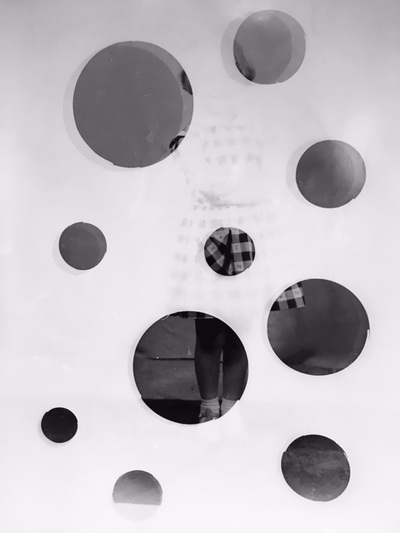
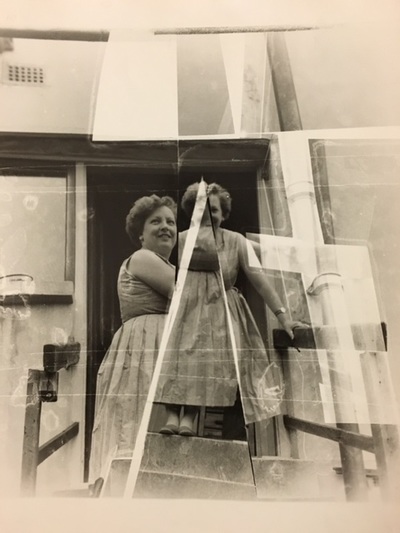
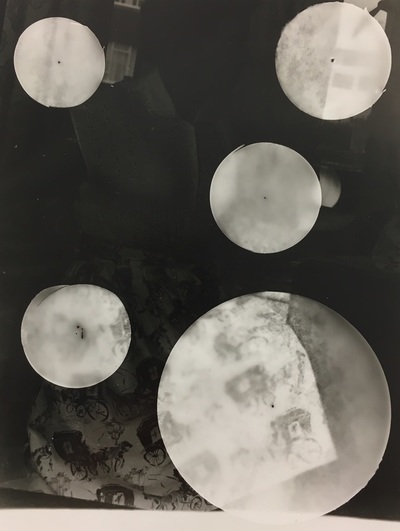
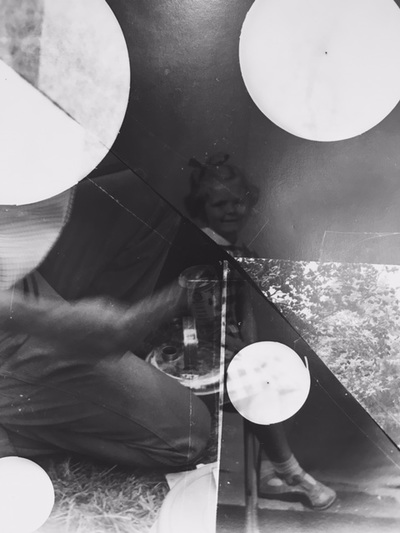
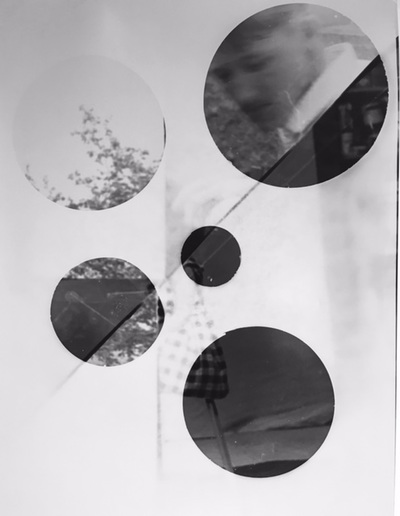
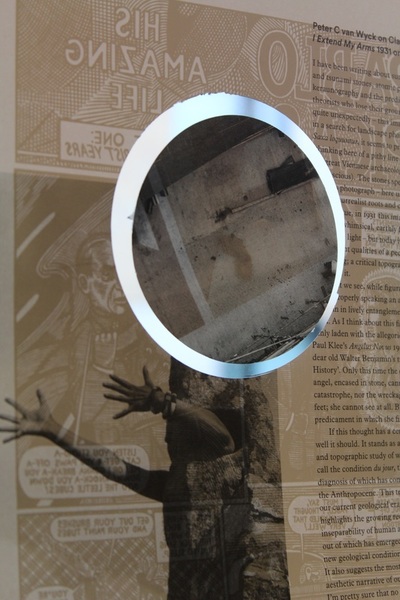
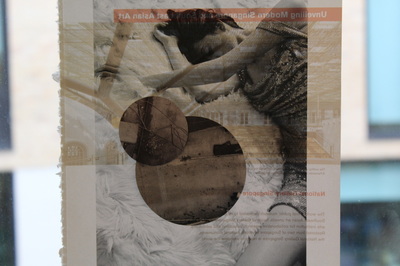
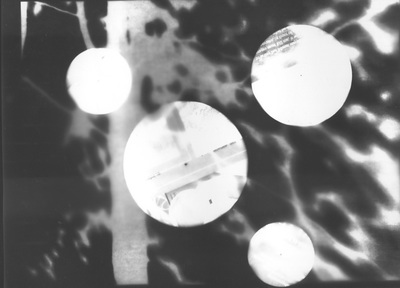
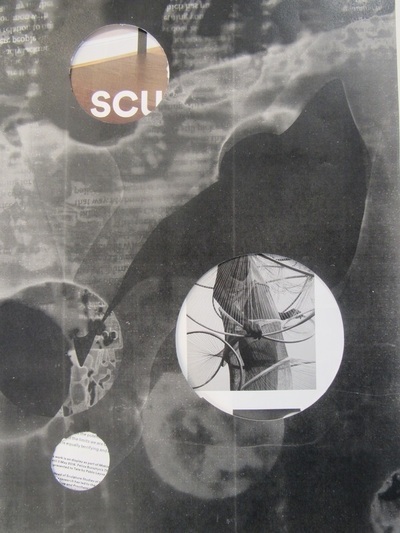
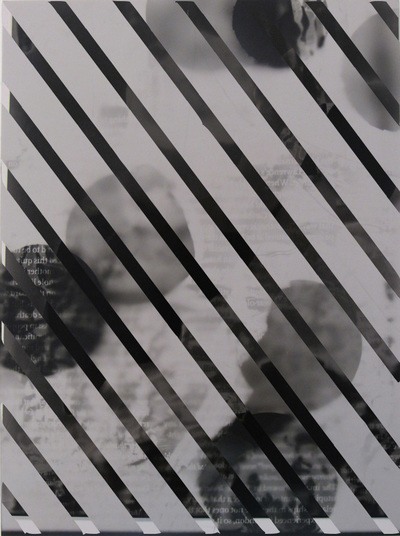
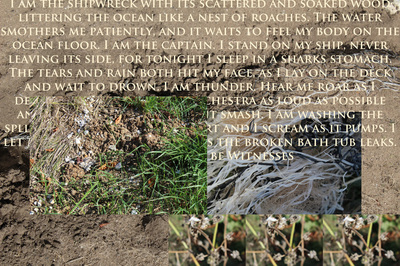
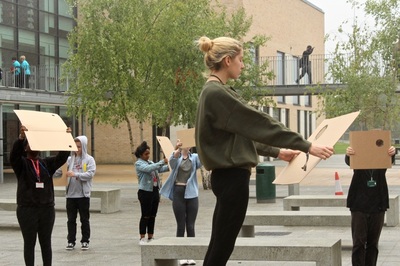
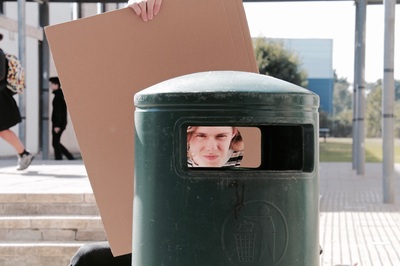
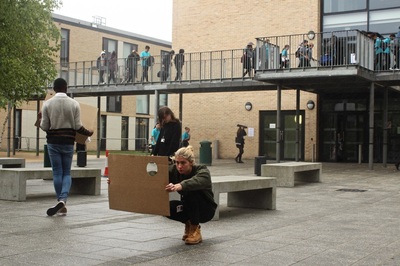
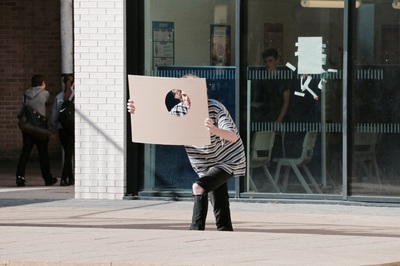
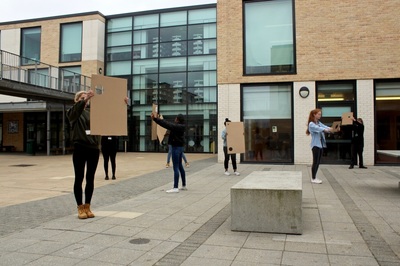
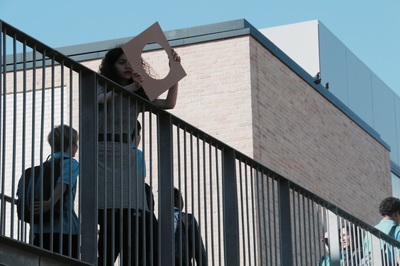

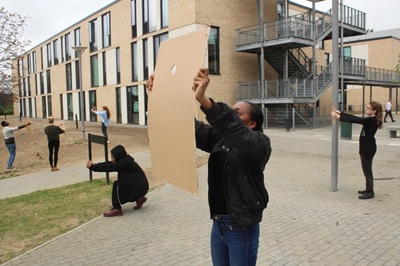
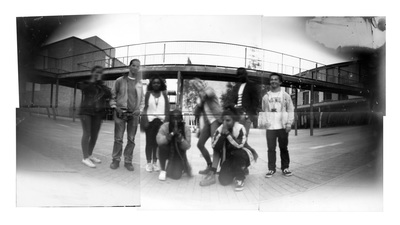
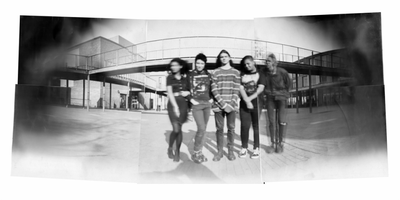
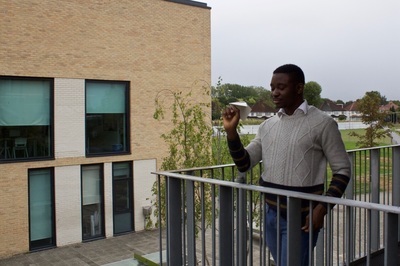
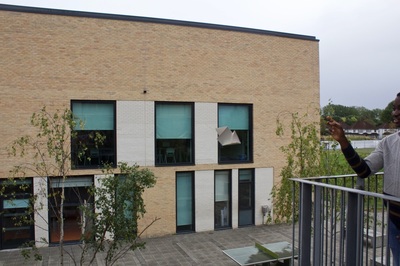
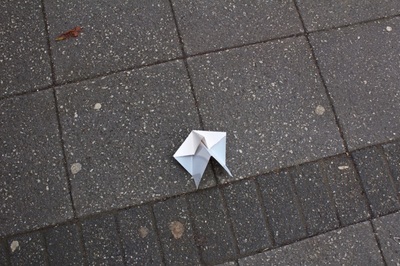
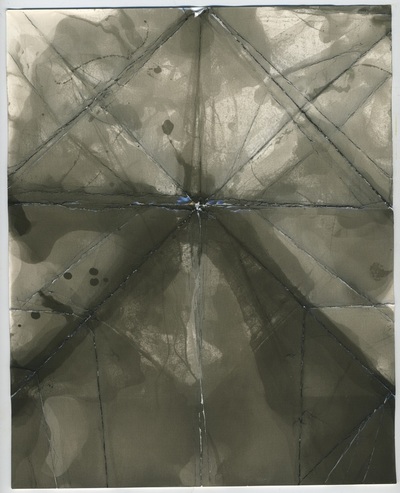
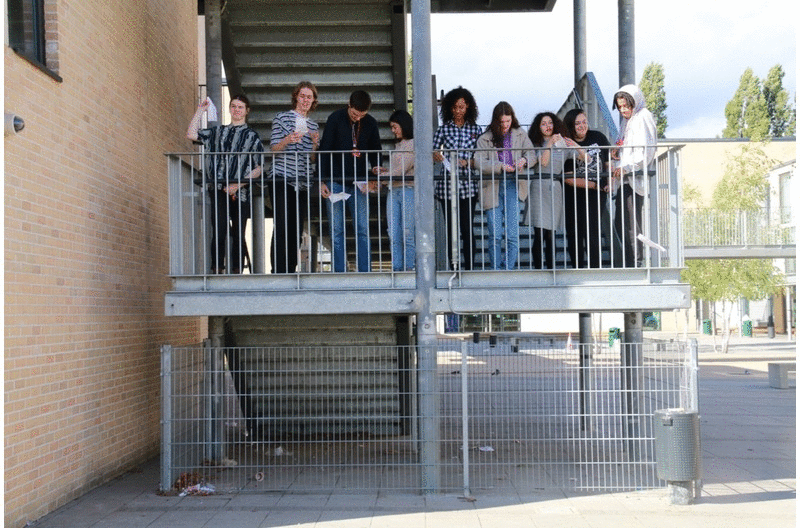
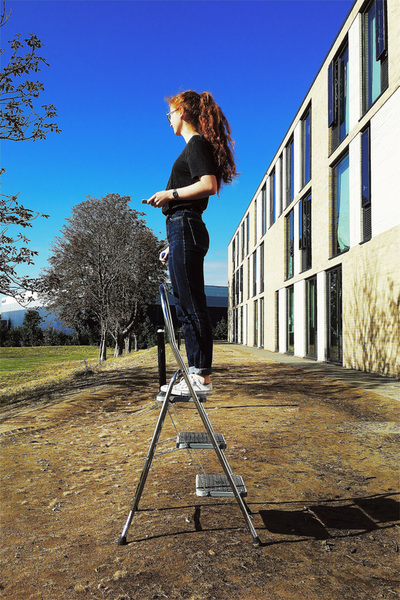
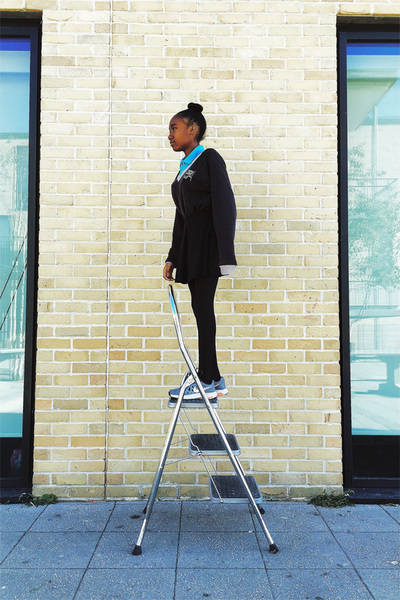
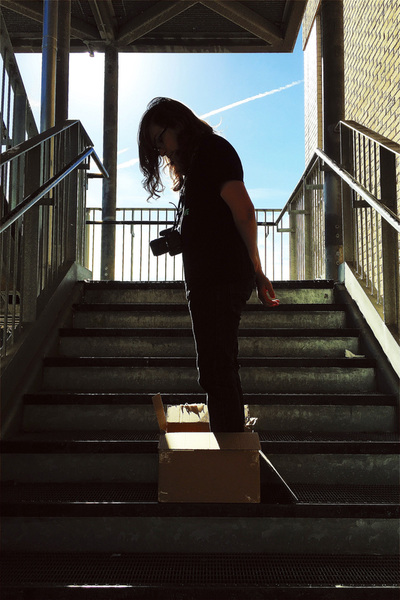
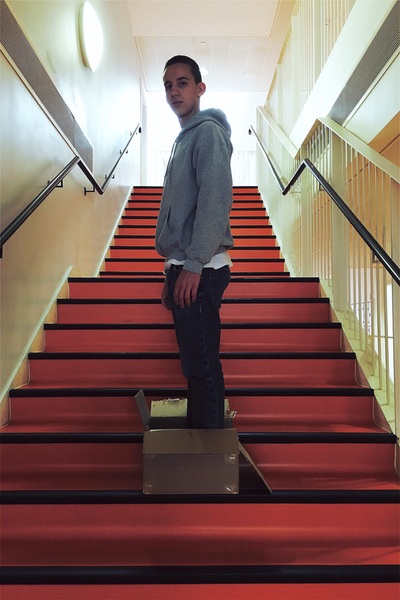
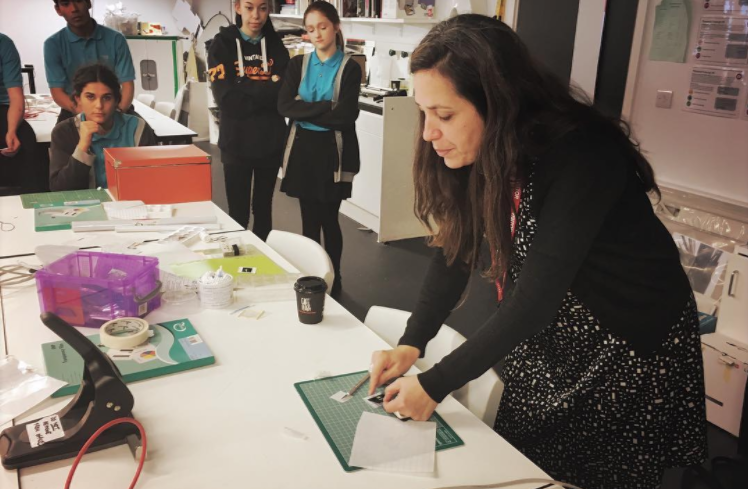
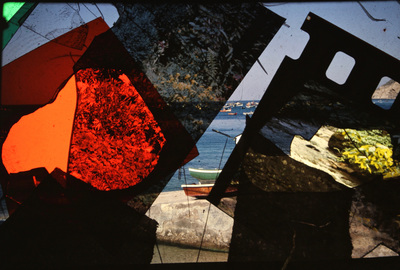
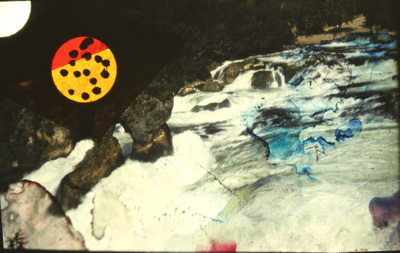
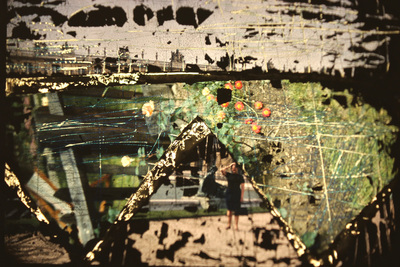
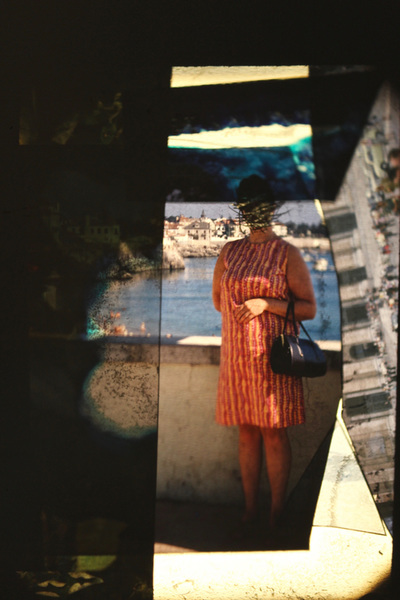
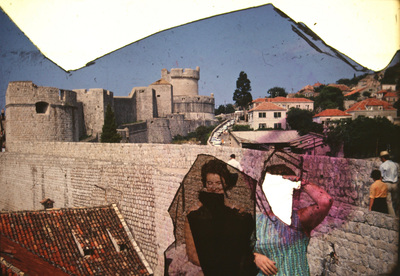
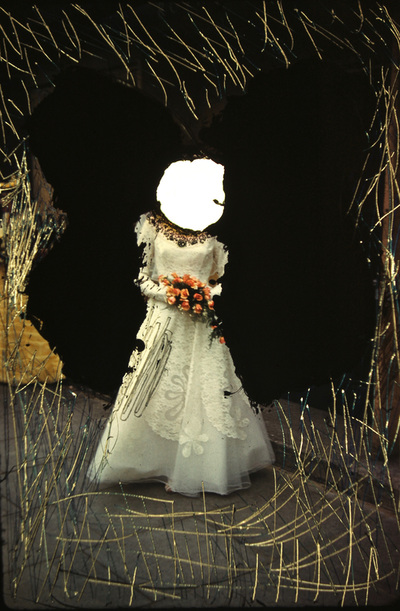
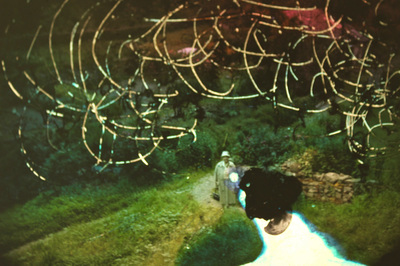
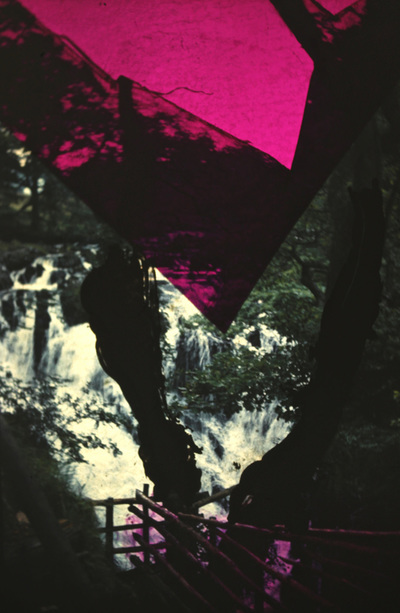
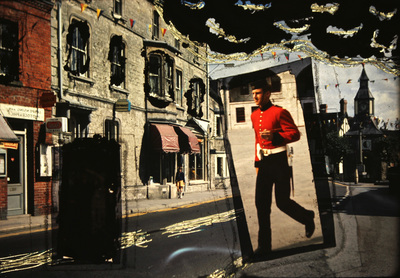
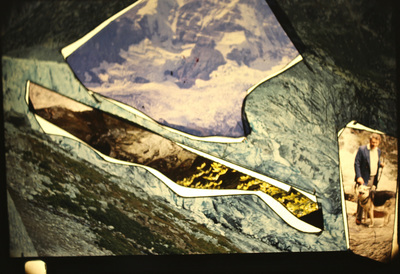
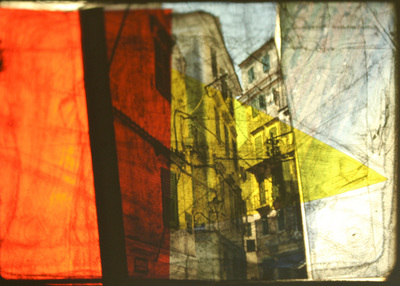
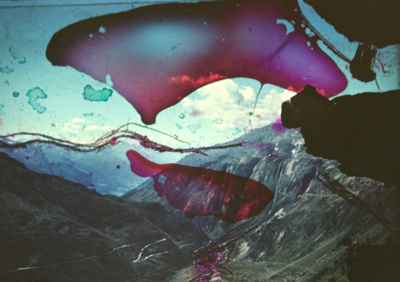
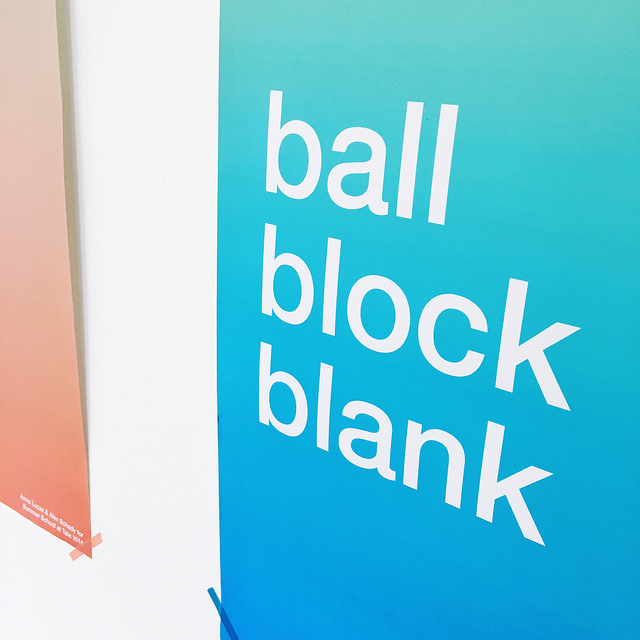
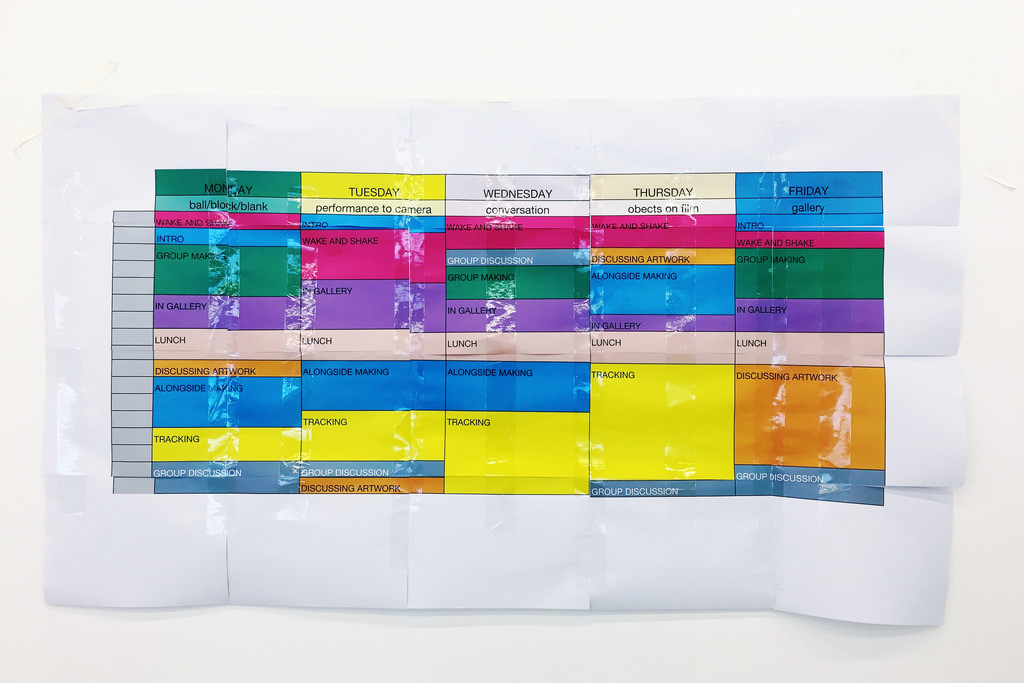
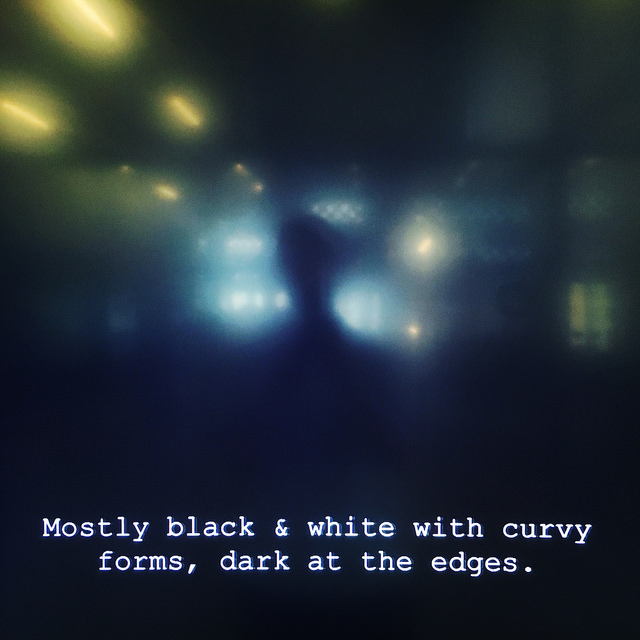
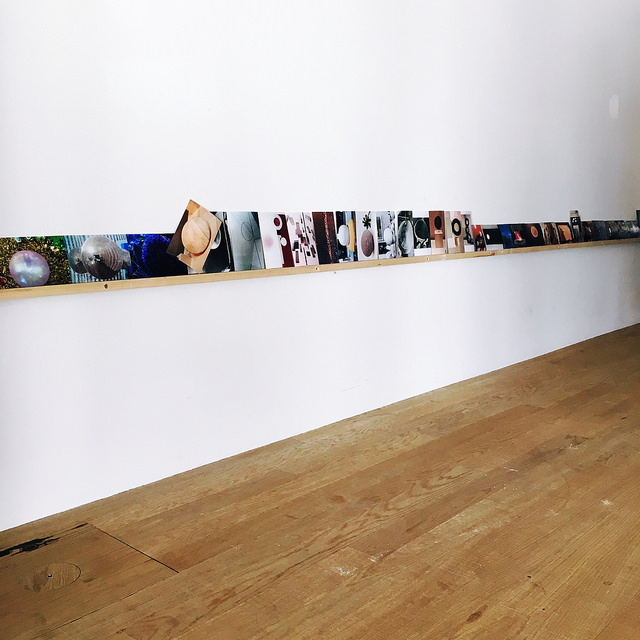
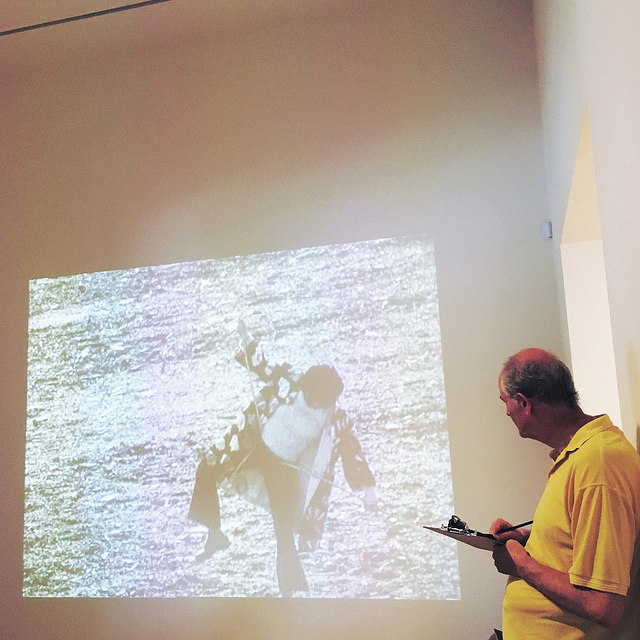
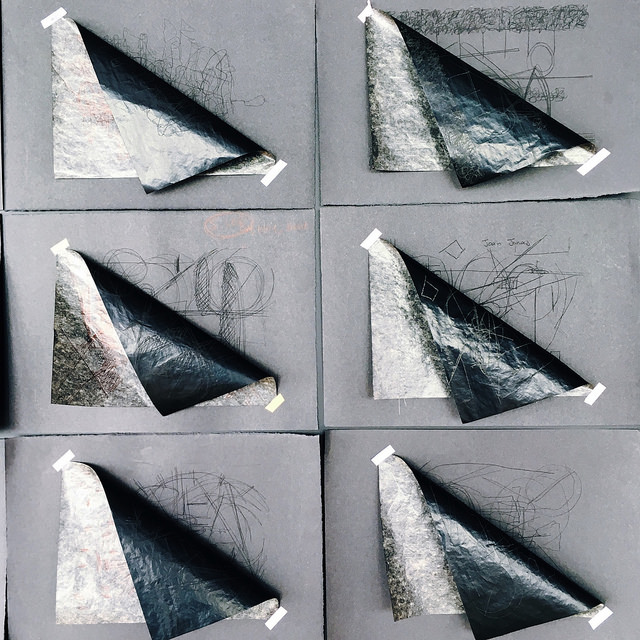
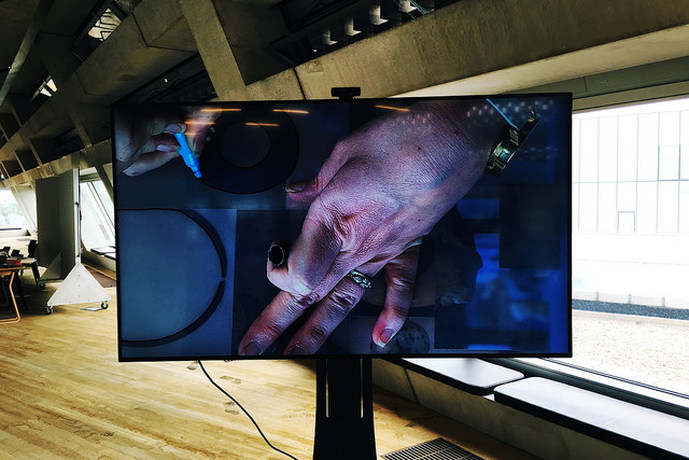
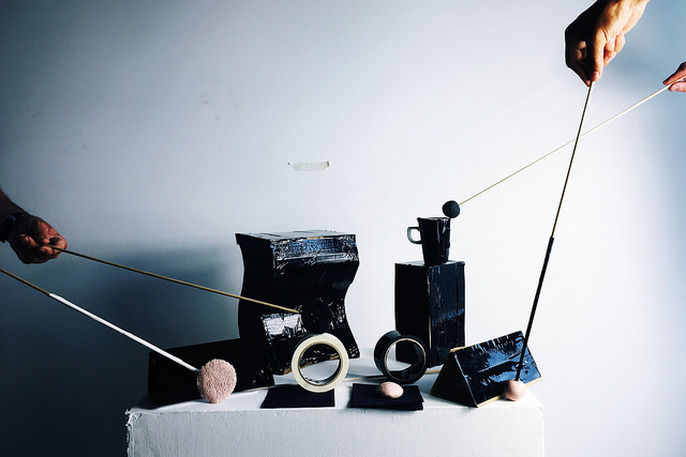
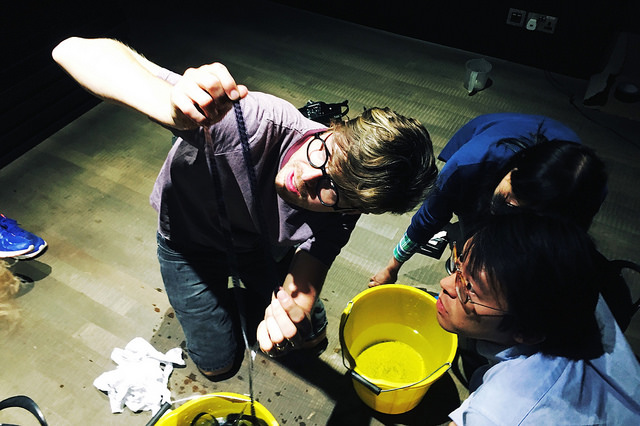
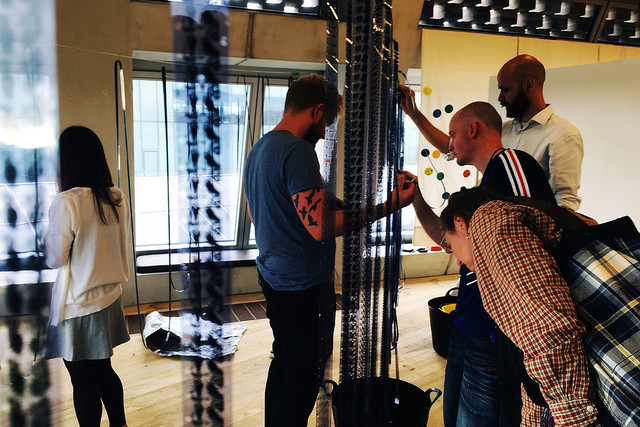
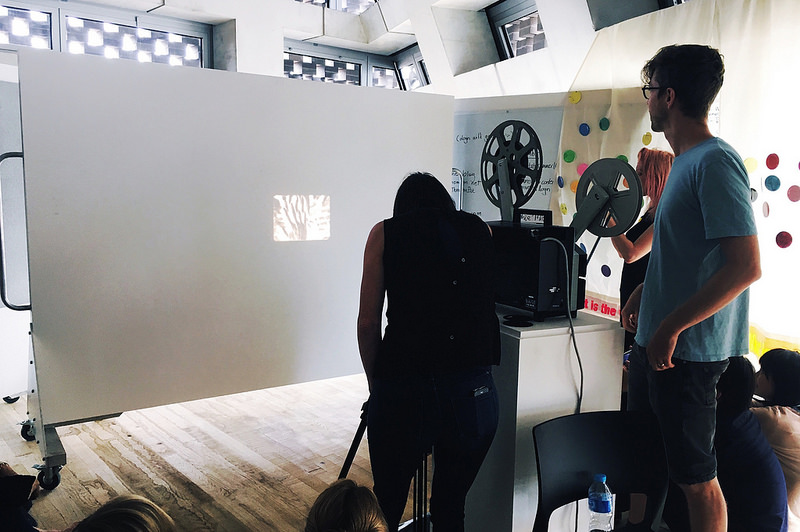
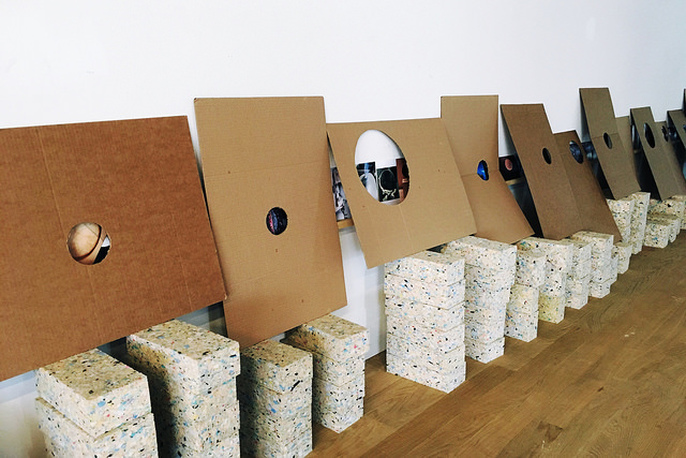
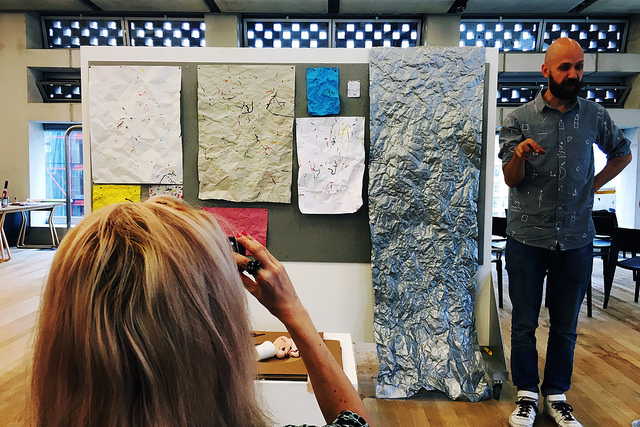
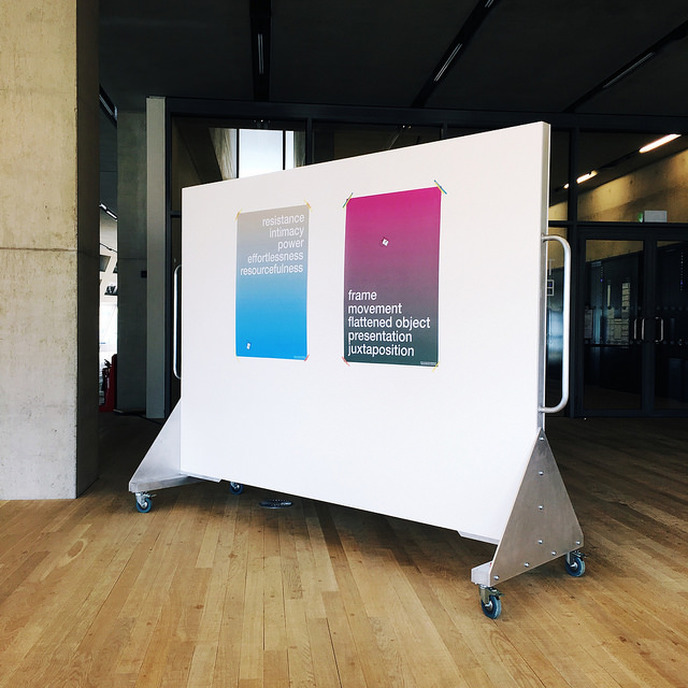
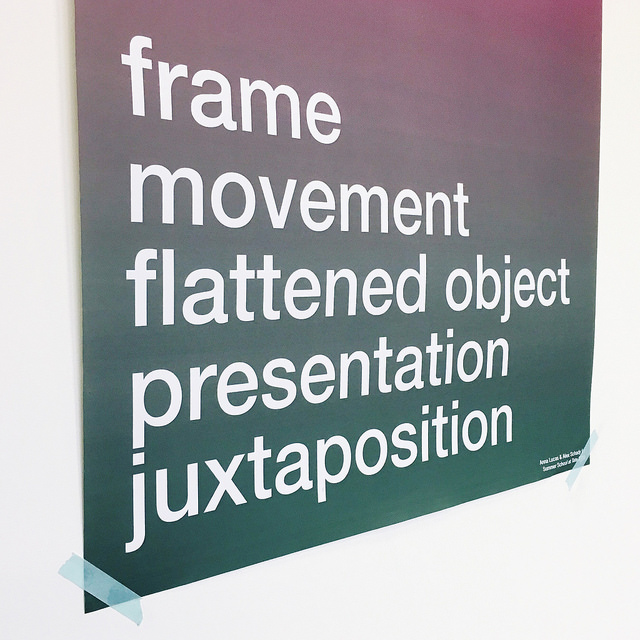
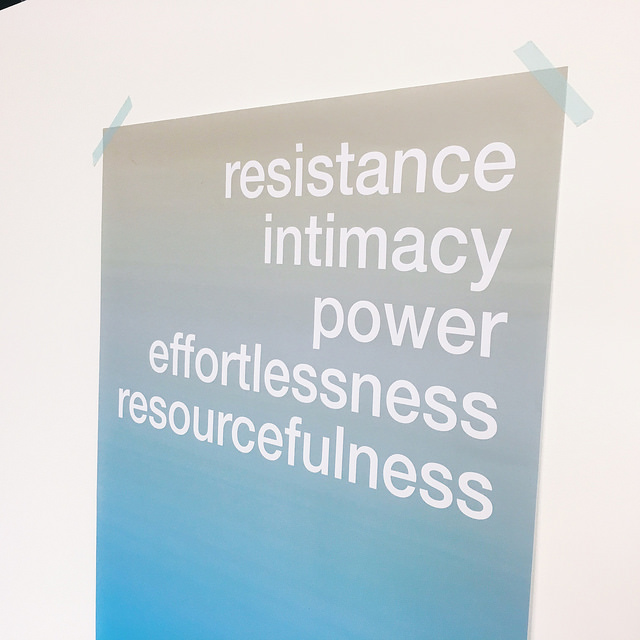
 RSS Feed
RSS Feed